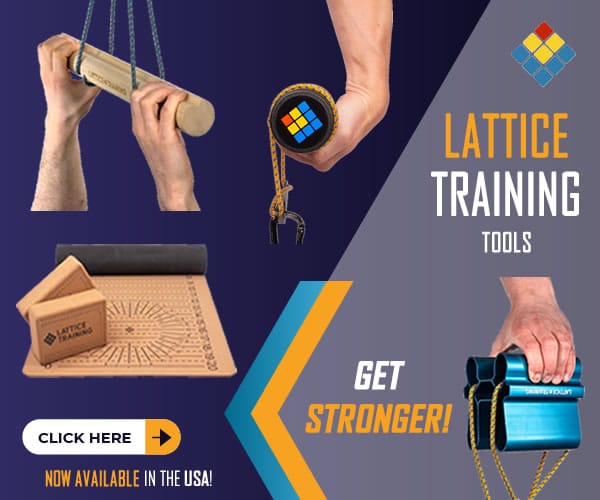
For sure, rock climbing is a relatively safe sport—like we all tell our moms, it’s safer than driving a car!—yet at the same time climbing is a stressful activity, especially on our fingers, elbows, and shoulders. It’s hard to find an avid climber who has not suffered at least one minor injury, and subtle muscle pain and joint aches are part of many climbers’ lives. If you train rigorously, project V-hard boulders, or push your limit on roped routes, then your risk of injury increases further yet. If you, too, have made one move too many, esteemed German sports medicine doctors Volker Schöffl & Thomas Hochholzer have the answers you need to get healed up and back on the rock as fast as possible. From sore elbows and shoulders to a complete finger pulley rupture (and much more), One Move Too Many is the definitive text on treating and preventing injury—it’s a must-own reference for weekend warriors, pro climbers, coaches & trainers, and any medical professional who treats injured climbers.
* Support TrainingForClimbing.com — Click here to order ONE MOVE TOO MANY! *
TABLE OF CONTENTS
Chapter 1 – Anatomical Basics
* Support TrainingForClimbing.com — Click here to order ONE MOVE TOO MANY! *


![🚨New Training For Climbing podcast drop! [**Link in bio.**]
This a two-part deep dive into designing a comprehensive, long-term systems approach to training. Coach @eric_horst unpacks—in rich detail—how systems actually function, and he highlights how transformative climbers throughout history “shake up the box” with innovative, highly effective methods to achieve big goals and push the boundaries of our sport.
In Part 1 (#122), Eric blends a concise climbing history lesson with an engineer-like breakdown of how intelligent systems operate. Part 2 (#123) of this series will deliver the actionable strategies you can use to build a personalized, high-performance training system for this winter…and for many seasons to come.
Eric emphasizes that as climbers progress beyond the beginner stage, climbing and training grow increasingly complex—requiring intentional, organized, and year-round development of strength, technique, mental skills, recovery habits, nutrition, and lifestyle management. Rather than ad-lib sessions or singular-focus programs (like only training strength), climbers need a comprehensive system fine-tuned daily and seasonally.
This is an entertaining and thought-provoking episode—so lean in, listen closely, and get ready to feel inspired, challenged, and equipped to level-up your modus operandi at the crag, in the gym, at home, and in everything you do! Listen on Apple Podcasts, Spotify, or online using the web player below.
#climbingtraining #bouldering #indoorclimbing #climbing #climbingpodcast #erichorst #trainingforclimbing @lasportivana @physivantage](https://trainingforclimbing.com/wp-content/plugins/instagram-feed/img/placeholder.png)


